Samsung Galaxy Nexus & Ice Cream Sandwich Review
by Brian Klug & Anand Lal Shimpi on January 18, 2012 1:34 PM ESTWiFi
The Galaxy Nexus uses Broadcom’s BCM4330, which is starting to pick up steam and become just as ubiquitous as the BCM4329 it replaced. The Galaxy Nexus’ BCM4330 includes both 2.4 and 5 GHz WLAN connectivity, just like the SGS2 in fact. What’s particularly notable is that Android 4.0.x now includes the proper prioritization for each WiFi band, and also includes the ability to set preference for one band for the other. By default, when faced with the same SSID on both 2.4 and 5 GHz, the Galaxy Nexus correctly chooses the 5 GHz AP if the signal is favorable, then falls over to 2.4 GHz when its link quality on that band would be better. Other than this notable change, the remainder of the WiFi settings panes are unchanged. The WiFi sleep preferences and the main scan and connect page does get a minor facelift and change, however.
The Galaxy Nexus latched onto my 802.11n APs on both 2.4 and 5 GHz and used 20 MHz long guard interval rates at 65 Mbps the same as other BCM4330 based devices. Throughput is unsurprisingly very good on the Galaxy Nexus in our WiFi test, which consists of downloading a 100 MB PDF hosted locally over WiFi. Of course, since we can now control and choose which band the device uses, I tested on both 2.4 GHz and 5 GHz, both with a negotiated link rate of 65 Mbps.

WiFi range on the Galaxy Nexus is good as well, I can make it to the same place before hopping off my network as other devices. I have gotten a few emails and read reports about power-save mode incompatibility with some APs that causes it to drop off when on standby mode. Since we've seen BCM4330 work just fine on other devices, I have no doubt this is a software issue which will be fixed soon.
Speakerphone
As usual I also measured speakerphone volume on both variants of the Galaxy Nexus using a sound datalogger. There is apparently a difference between the two models, possibly from different acoustical chambers in the vibration unit and antenna. Also there’s possibly still a difference as a result of the different voice coders in use, and the different dynamic range.
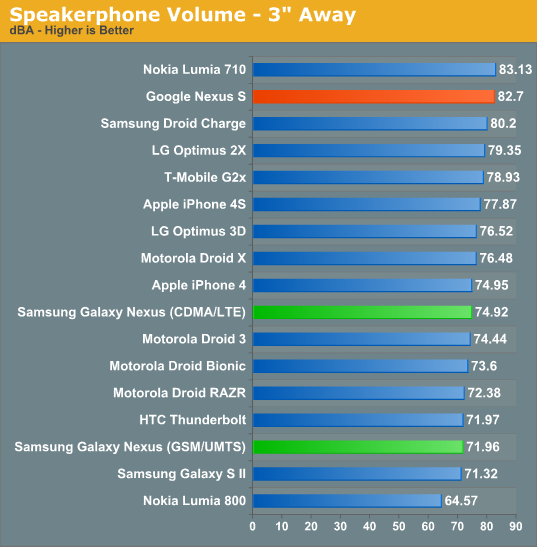
Either way, the two test differently, and subjectively my experience backs those measurements up. I found the GSM/UMTS Galaxy Nexus a bit too quiet while using Google Navigation, and the CDMA/LTE Galaxy Nexus on the quieter side but totally useable for Navigation.
GPS
Just like the SGS2, the Galaxy Nexus uses a SiRFStarIV GSD4t for GPS. Subjectively the Galaxy Nexus GPS doesn’t lock quite as fast as some of the other GNSS solutions that are integrated into the cellular basebands in phones, but it does get the job done pretty fast. I see a time to first fix of between 4-7 seconds depending on visible sky swath presented to the handset.
I did receive a few emails from readers with reports of some Galaxy Nexuses shipping with GPS issues or taking too long to lock. One of my friends with a CDMA/LTE Galaxy Nexus also reported that he couldn’t get a GPS lock at all for Google Navigation. I’m not entirely sure what the deal is here since I never was able to encounter this behavior, although manually downloading the A-GPS data (ephemeris) using a tool like GPS Status seems to in general helps mitigate those problems when they do happen. This just manually re-downloads the xtra.bin file from http://xtra1.gpsonextra.net/xtra.bin as configured in gps.conf. I have to admit that I didn’t encounter any GPS issues in my time with the Google Nexus (CDMA/LTE or GSM/UMTS version) so far.
Audio
We’re going to do a more in-depth audio analysis with the Galaxy Nexus when we have our testing suite more fleshed out, and possibly bring you Francois Simond’s thoughts once more. For now however, we have some RMAA runs I talked about a while ago in another review, and my own impressions with Galaxy Nexus sound after using the device for a while now as my primary music player with some Shure SE535s.
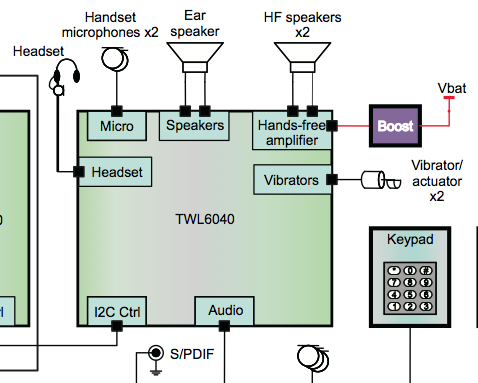
First off, the Galaxy Nexus out of the box is pretty decent subjectively. The Galaxy Nexus uses TI’s TWL6040 low power audio codec for its DAC and other audio responsibilities, alongside the vibrator actuator. We’ve seen some other TI audio codecs (like AIC3254 in the HTC Sensation) but this our first time seeing TWL6040. Almost immediately I noticed that there isn’t any constant high frequency whine present like I’ve heard on so many phones lately (Bionic, SGS2, others), and it’s hard to hear any noise when the DAC turns on and off after music stops playing. Even plugged into USB power, the device also doesn’t pick up any more noise or change at all. There’s also almost no CPU noise, though if you listen very carefully you can indeed hear some state changes, but it’s very minimal and very difficult to pick out.
Though the frequency response isn’t entirely flat as shown, the Galaxy Nexus doesn’t sound bad subjectively. Our testing here is just a RMAA run from line out on the devices to line in on an ASUS Xonar Xense sound card. In addition, testing is done at 44100/16 bit on the devices - Android will downsample anything more than this.

From 20 Hz to 20 kHz: +0.10, -0.62 (dB)
Noise on the Galaxy Nexus also isn’t bad, definitely better than the RAZR we tested earlier.

Noise Level: -96.2 (dB, A weight)
Dynamic range shows the difference in level between the maximum output and minimum output on the smartphone. This is limited by voltage swing and system noise. Galaxy Nexus again here looks pretty good, minus a few spikes.

Dynamic range: 96.0 (dB, A weight)
The two total harmonic distortion charts are next, which are the summation of integer multiples of the test frequency and expressed as a ratio of the input signal (in this case at 1 kHz). THD+Noise gives all frequencies except the input signal. The Galaxy Nexus is pretty good here, but still has some spikes at a few noteworthy integer multiples, plus some odd spikes at high frequencies.
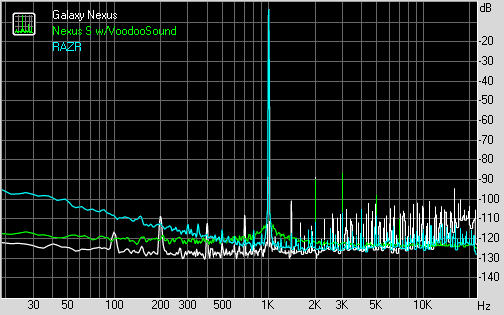
THD %: 0.0088
Intermodulation distortion is similar to total harmonic distortion, however it applies two input signals and then measures the signal at all frequencies except the two inputs. In this case, the two signals are on opposite sides of the spectrum. Galaxy Nexus ends up not looking too bad here although there are disconcerting spikes above 1 kHz that I can’t explain.
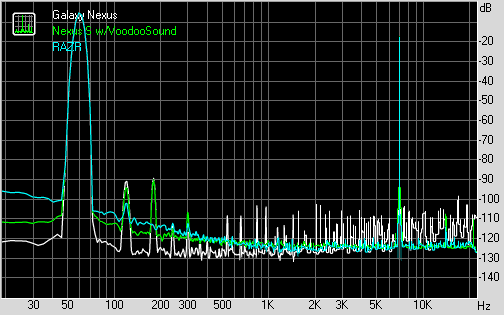
IMD + Noise %: 0.013
Finally stereo crosstalk is pretty flat on the Galaxy Nexus.

Stereo Crosstalk: -87.4 dB
Again, this isn’t meant to be a totally comprehensive analysis of the Galaxy Nexus’ sound characteristics, just some educated impressions. Subjectively the Galaxy Nexus sounds nice and clean, and is absent of the annoyingly audible background noise and whine that’s present on some of the other noteworthy phones we’ve tried as of late. Francois (supercurio) has expressed a few times that the Galaxy Nexus has good audio potential, and that alone should tell you something.


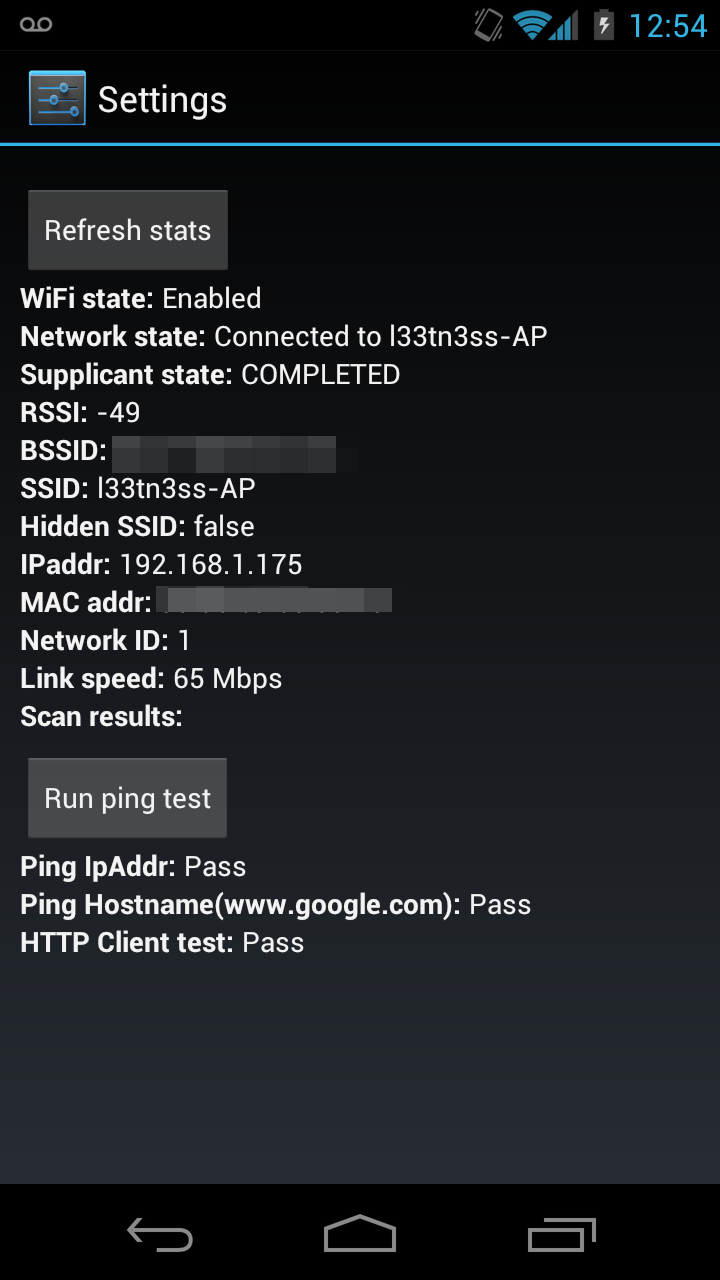
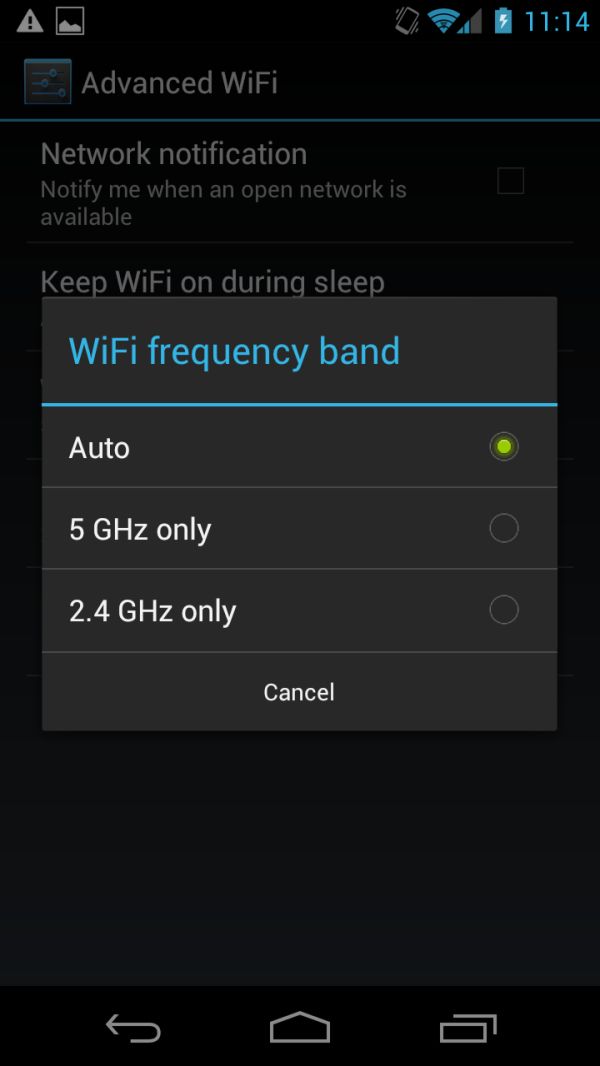
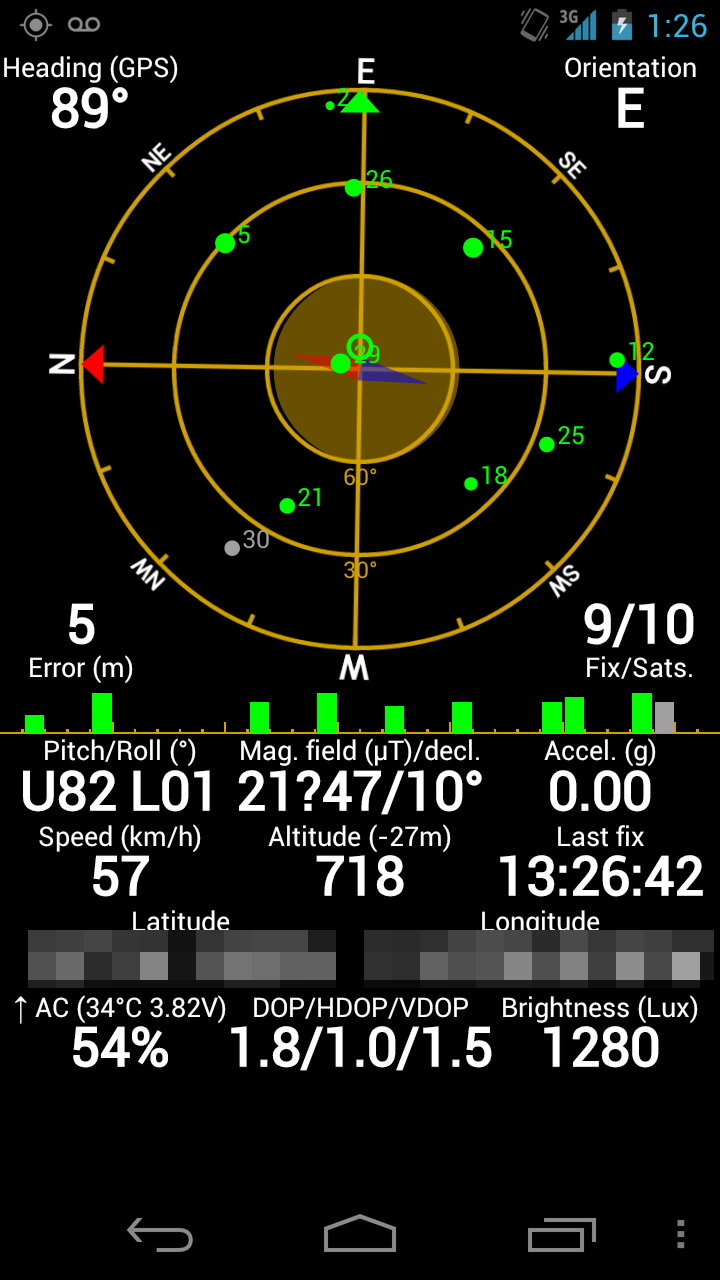








185 Comments
View All Comments
thecraw - Saturday, January 21, 2012 - link
couldn't stop laughing at that statement, sure no one is forcing you to use itunes, its your own problem if you want to backup your iproduct or upgrade your iOS etc.. yes no one is forcing you right...steven75 - Friday, February 10, 2012 - link
Have you never heard of iCloud? I mean are we in bizarro world here or is everyone really THAT clues on iOS 5?augustofretes - Monday, January 23, 2012 - link
I found comments like yours absolutely hilarious, because I don't own an iPhone, nor I'm interested on buying one, I'm perfectly happy with my Samsung Galaxy S II running CM9 ;-)You're not being objective, unless, of course, you only see your homescreen and never open any application.
The iPhone 4S is not perfect, I completely agree, but the interface is more fluid, this is fact, pinch-to-zoom is not a smooth, even on a GNex, as it on the 4S, but it's pretty smooth now.
Sorry mindless fanboy.
kebab77 - Sunday, February 5, 2012 - link
Serious performance boost for phones currently on Android 2.3.x:http://www.bestsmartphone.com/2012/02/05/android-4...
... Samsung Galaxy S2 still top of the pile!
macs - Wednesday, January 18, 2012 - link
My only suggestion is that there are some device that need a sort of priority for a review. Galaxy Nexus and ICS should be on this list like the Apple products (you already do that) and maybe a flagship WP 7 device like Lumia 800/900.We can wait a bit more for device like Razr, Lumia 710, various HTC, various Samsung,...
In 1 H 2012 my priority list will be Galaxy S 3, first device with Krait and Ipad 3.
Back at reading, I know this will be a good read!
Thank you
roedtogsvart - Wednesday, January 18, 2012 - link
Anand, just thought I'd throw this in there:For something like $25 (Verizon) you can buy an extended battery and gain an additional 250 mAh (1850 vs 2100) that adds basically no perceptible thickness to the device, though I did not precisely measure. Have you tested with the extended battery? I feel like it makes an already amazing phone even better.
Brian Klug - Thursday, January 19, 2012 - link
I managed to snag an extended battery for the RAZR review, but didn't get the chance to do the same with the CDMA/LTE Galaxy Nexus. I've seen that battery however, and it is a novel design - the back doesn't get thicker, just flatter (the whole phone is as thick as the bulge).We've seen pretty linear scalings before, so you can assume that extra 250 mAh will scale linearly as well.
-Brian
3DoubleD - Wednesday, January 18, 2012 - link
The task switcher is blazing fast on the Transformer Prime, so I'd say it's a Galaxy Nexus limitation and not an ICS limitation.Lucian Armasu - Thursday, January 19, 2012 - link
Anand didn't say it's an ICS issue either. He said it's a GPU issue, because older GPU's still can't handle HD resolutions very well, just like Tegra 2 GPU barely could, too.But I'm sure on lower-end ICS phones with lower resolutions, it should work faster, so it's not like every ICS phone will need a Tegra 3 GPU-level from now on.
GnillGnoll - Thursday, January 19, 2012 - link
He said it _could_ be a GPU issue. Something which I strongly doubt, it's not like the task switcher adds that much graphics load over rendering the normal UI.